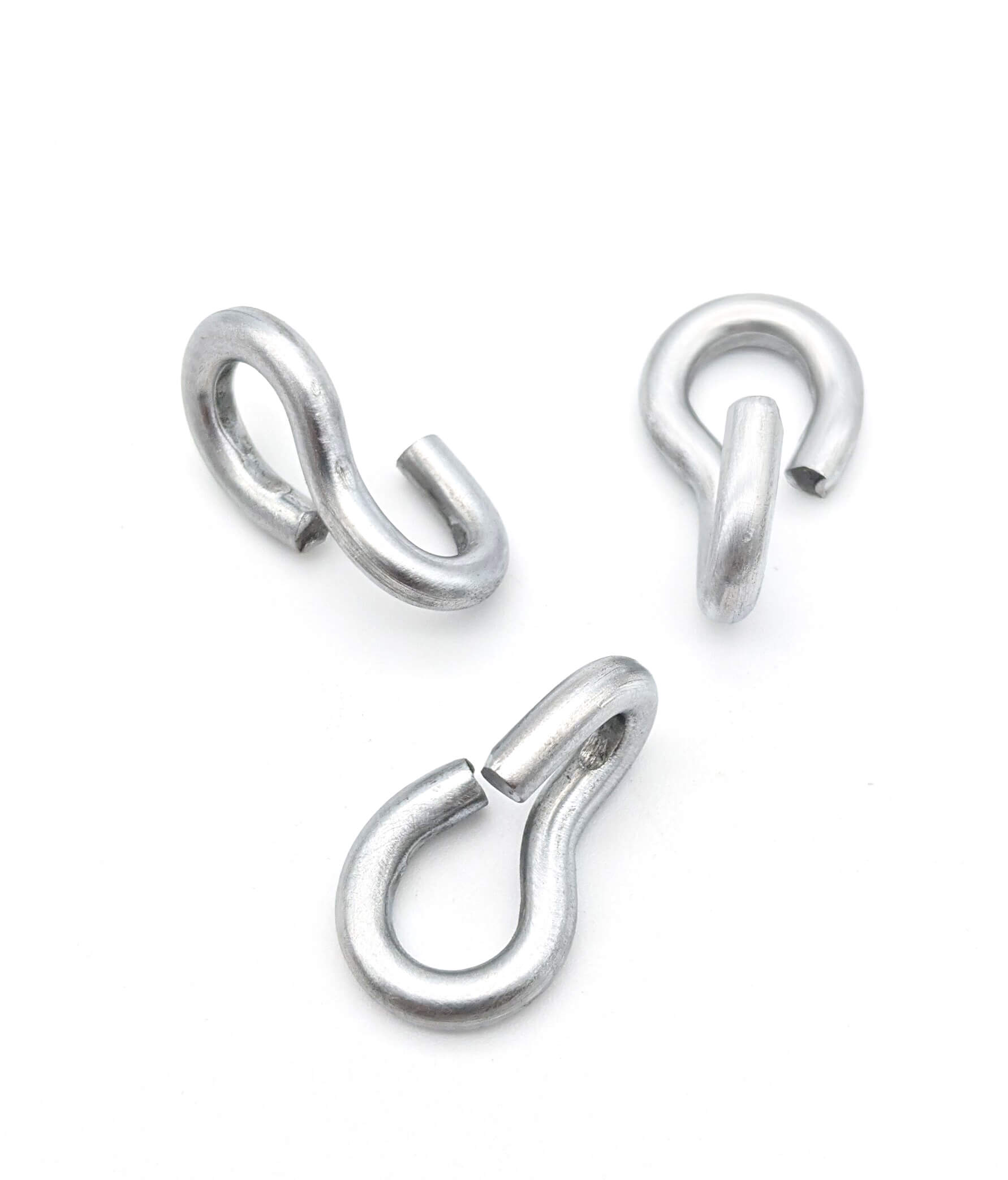Get unique, complex parts easily. No matter your requirements, Chaoyi Spring creates hard-to-produce coil springs and wire forms.
Let us help you create the custom wire form you need, from S-hooks and J-hooks to utility hooks and more.
We work closely with customers across a wide range of industries, helping them design and manufacture made-to-order parts.
Why choose Chaoyi Spring? We prioritize customer-focused collaboration, modern equipment and the latest technology to make your parts per print.
Find the information and guidance you need, from measuring a spring to learning about materials, placing an order and much more.
When it comes to garage doors, the springs are a crucial component responsible for lifting and lowering the door with ease. Two main types of springs are commonly used: torsion


When it comes to garage doors, the springs are a crucial component responsible for lifting and lowering the door with ease. Two main types of springs are commonly used: torsion springs and tension springs. Each type has its own advantages and disadvantages, making it important to understand the differences to choose the right one for your garage door. This article will delve into the intricacies of both torsion springs and tension springs, exploring their features, pros, and cons, to help you make an informed decision.

Torsion springs are the most common type of spring used in garage doors. These powerful springs are located above the door, parallel to the garage ceiling. They are typically made of heavy-duty steel and wound tightly to store a significant amount of potential energy. When you open the door, the torsion spring unwinds, providing the force needed to lift the heavy door. Conversely, when you close the door, the spring winds up, storing energy for the next opening cycle.
Torsion springs offer several advantages that make them a popular choice for garage doors:
However, torsion springs also have some drawbacks:
Tension springs, also known as extension springs, are found on the sides of the garage door. They are typically smaller and lighter than torsion springs, and they operate by stretching rather than twisting. When the door is opened, the tension springs extend, providing the force needed to lift the door. When you close the door, the springs contract, storing energy for the next opening.
Tension springs have some advantages:
However, tension springs also have their drawbacks:
When deciding between a torsion spring and a tension spring, several factors should be considered:
Ultimately, the best choice for your garage door will depend on your individual needs and preferences. If you have a heavy garage door or prioritize safety and durability, torsion springs are the way to go. However, if you are on a tight budget and are comfortable with basic DIY projects, tension springs may be a suitable option.
Understanding the differences between torsion and tension springs for garage doors is crucial for making an informed decision. While torsion springs offer superior strength, durability, and safety, tension springs provide a more affordable and simpler alternative. Carefully consider your budget, garage door weight, and installation complexity before choosing the right spring system for your garage door. Always prioritize safety by consulting with professionals for installation, maintenance, and repair to ensure a smooth and reliable garage door operation.
Browse some of the custom wire forms and springs that we manufacture. Don’t see what you need? We specialize in made-to-order products that meet your application requirements.
Visit Our GalleryNeed a custom wire form or coil spring? We make it work. Fill out the contact form and a representative will respond within 1 business day. If you have a PDF or CAD file, you can submit to request a quote.